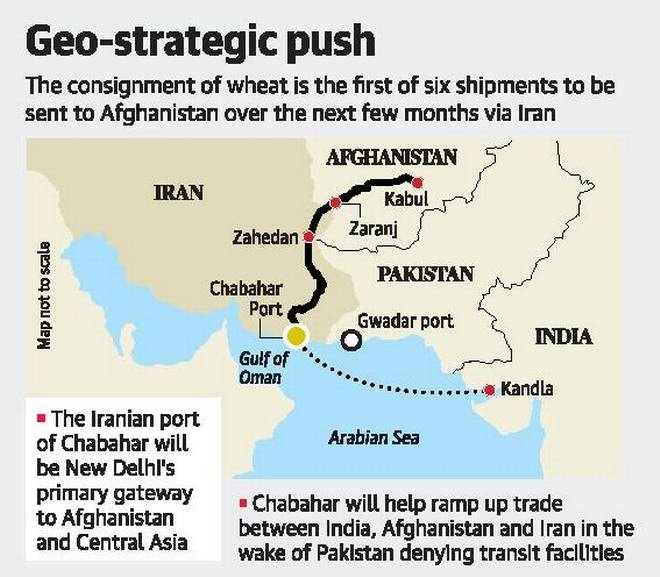7667766266
enquiry@shankarias.in
Iranian Foreign Minister’s first visit to India this week has many implications for bilateral relations.

References